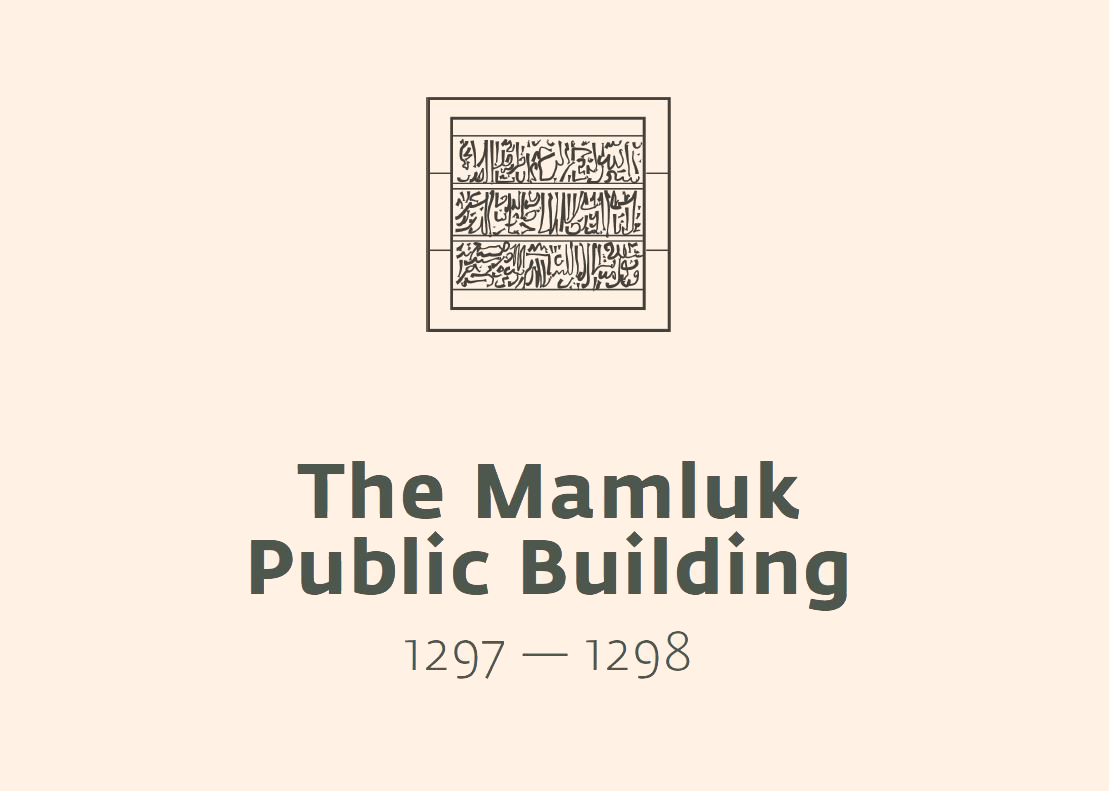The Mamluk Public Building

This public building was constructed in 1297-98 at the northern end of the Ayyubid quarter.
The beautiful inscription repeats the text of the band running on the north semicircular tower, attributing the construction to the Mamluk Sultan Husam Al-Deen Lajin and recalling the supervisor of the restoration works of Shobak, the emir Ala al-Din Qibris.
The facade, made of large, leveled ashlars of organogenic limestone, presumably opened onto a plaza at that time.
The building was possibly used as an external hearing room, intended for common citizens who could not be admitted to the inner palace reception hall.
Want to know more?
Archaeologists have reconstructed the evolution of the castle over time by analyzing the sequence of construction phases and identifying the building techniques used in each historical period.
For further details:
- Nucciotti, Michele. “Analisi stratigrafiche degli elevati: primi risultati.” In Archeologia dell’insediamento crociato-ayyubide in Transgiordania. Il progetto Shawbak, edited by Guido Vannini, 27-55. Firenze: All’Insegna del Giglio, 2007.
- Fragai, Lorenzo. New research perspectives on the Mamluk Qa'a at Kerark Castle: building archaeology and historical contextualization: 187-208. Journal of Islamic Archaeology, 6(2).
To learn more about the dedicatory inscriptions that decorate the palace and other Mamluk-era bastions, including comparisons with similar examples across the Islamic world:
- Walker, Bethany, and Francesca Dotti, Michele Nucciotti. “Shawbak and the mamluk Transjordan.” In Da Petra a Shawbak. Archeologia di una frontiera. Catalogo della Mostra, edited by Guido Vannini, and Michele Nucciotti, 126-131. Firenze: Giunti, 2009.
- Dotti, Francesca. “Qal’at al-Shawbak: an interpretation on the basis of the epigraphic data.” In Proceedings of the 6th International Congress of the Archaeology of the Ancient Near East, III: Islamic Session, edited by Paolo Matthiae, Frances Pinnock, Lorenzo Nigro, and Nicol Marchetti, 23-36. Wiesbaden: Harrassowitz Verlag, 2010.
Last update
14.04.2025
